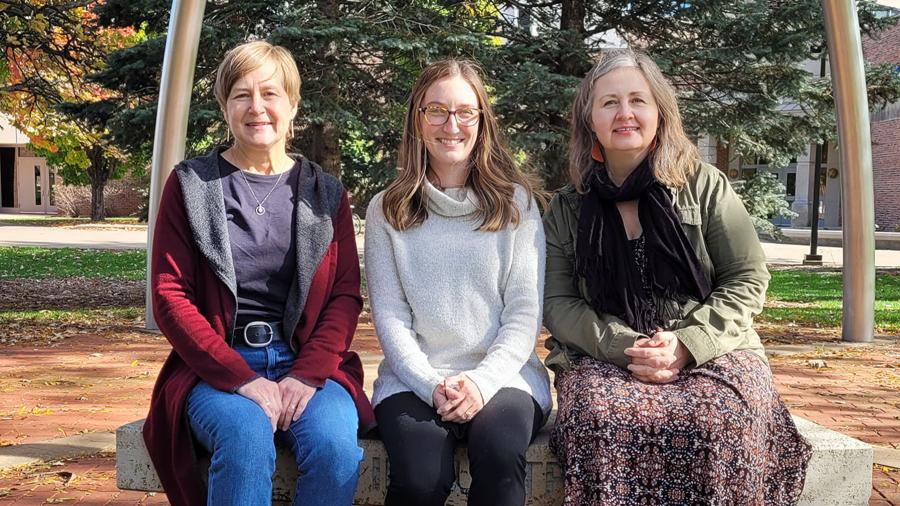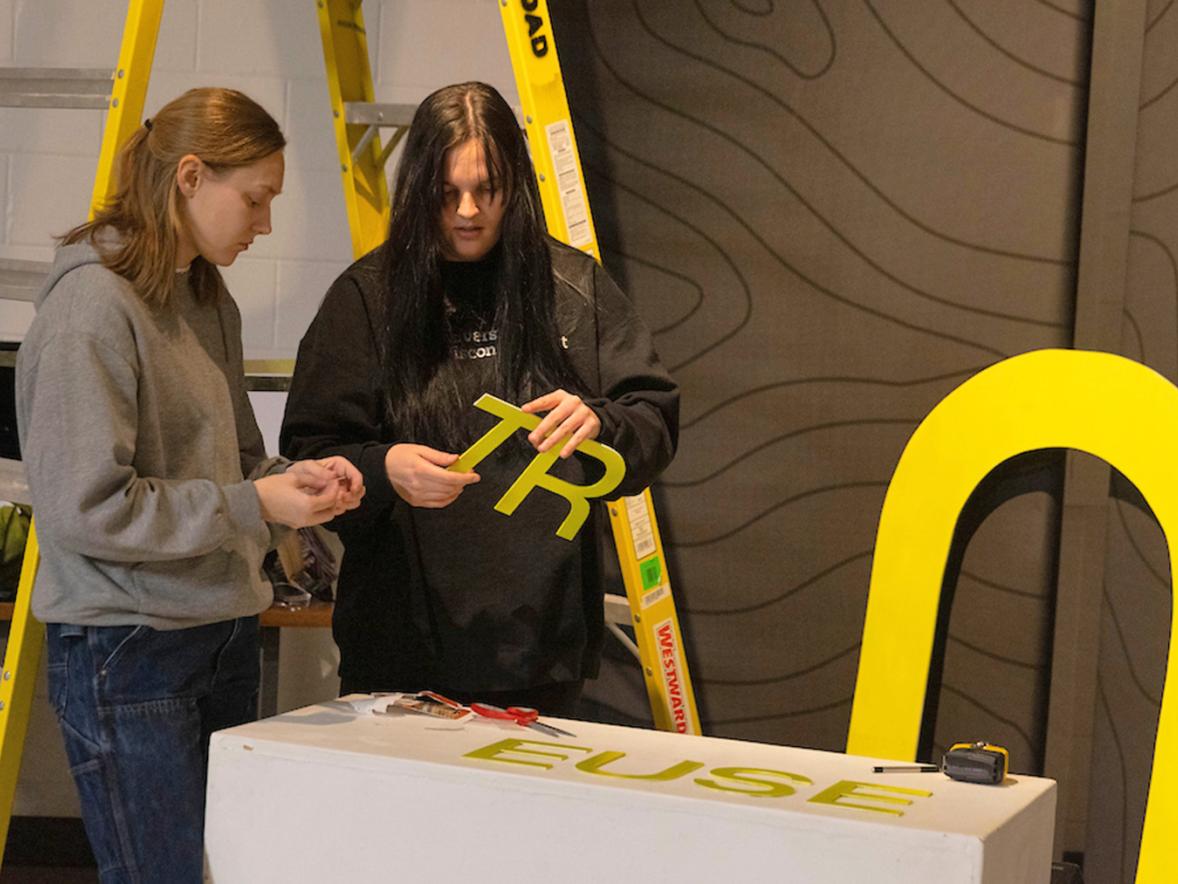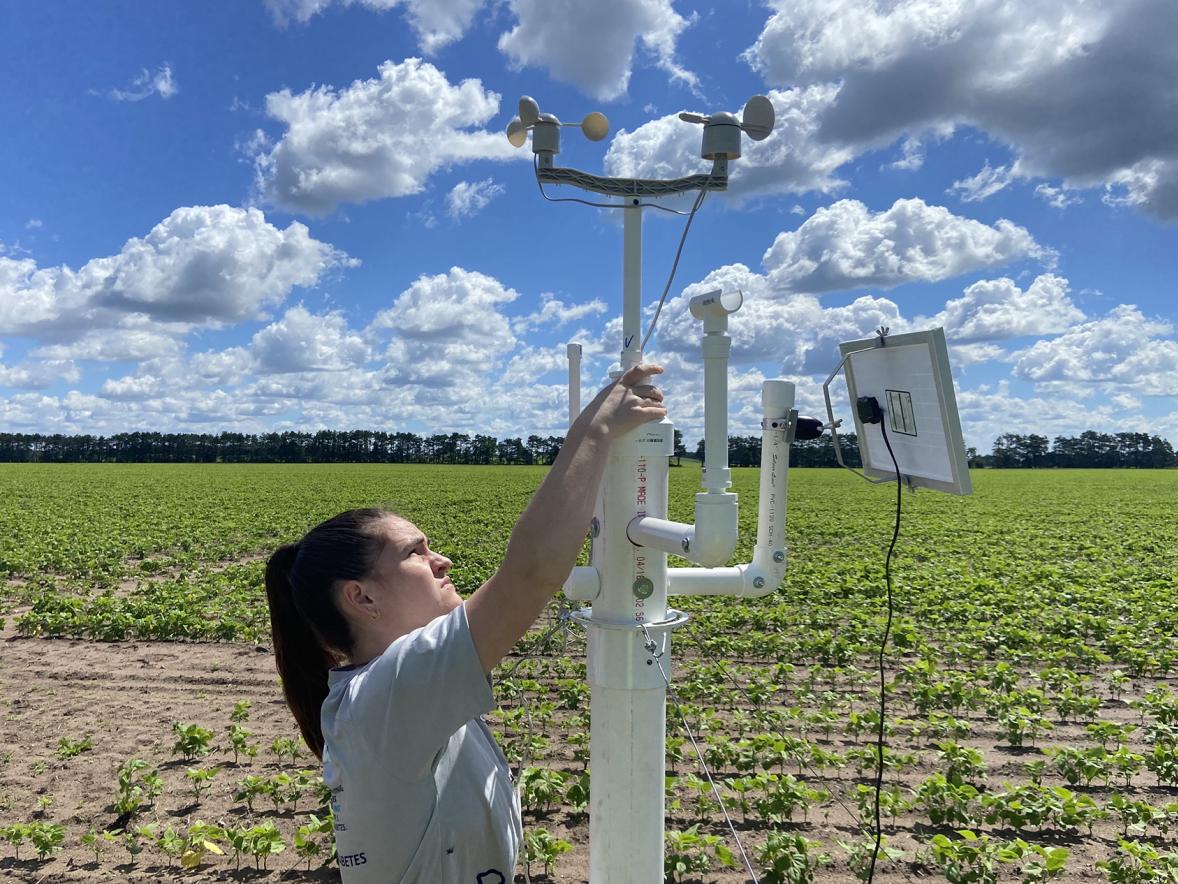There’s good reason why buildings, from homes to work spaces to stores, should be safe and have healthy interior environments — humans are indoors about 90% of their lives.
“The environments they spend their time in have a direct impact on their overall well-being,” said Nicolette Brehm, an assistant professor of the Bachelor of Fine Arts in interior design at University of Wisconsin-Stout.
A growing awareness nationally and internationally about safe and healthy buildings led to the creation in 2013 of WELL by the International WELL Building Institute of New York. WELL sponsors a healthy building standard, used in more than 30,000 projects to date, and a professional certification.
More than 16,000 people in 98 countries from various aspects of the building industry have become WELL accredited professionals, including architects, engineers, construction professionals and more.
Among the newest are Brehm and her UW-Stout interior design colleagues, professors Shelley Pecha and Julie Peterson. Over the summer, they prepared for and passed the certification.

“As faculty, it is important for us to help students understand the direct impact they have on human health. Having the WELL AP credential behind our name helps them see that we, as faculty, take this seriously,” Brehm said. “It also taught us the process of a building becoming WELL certified and what requirements would need to be met in order for that to happen.”
Pecha, the program director, is pleased with the staff effort and its potential impact. “I think it's really special that we were able to do this together. We rooted for each other and celebrated with each other. I also think it's special that the three faulty members are all WELL accredited. I'm not aware of any other program that can say all their interior faulty members are WELL AP. This will help us define our curriculum in the future,” Pecha said.
Brehm was pleased that a group of students also prepared for and passed the exam, giving them a potential edge in the job market.

“Many design firms are requiring some type of credential, whether LEED, WELL or others upon employment. These students already have this complete. We are educating designers to create healthier buildings. This benefits communities and the environment — a win for everyone,” she said.
The students who became certified are:
- Michaela Cook, of River Falls
- Jesalyn Dahlstrom, of Mosinee
- Emma Emch, of Colfax
- Kaylin Keffeler, of Wausau
- Ariel Kuchta, of Green Bay
- Nicole McConville, of Watertown
- Ezra Nelson, of St. Paul
- Allison Pizzi, of River Falls
Brehm noted that students also prepare for other certifications during their coursework and that aspects of sustainability are embedded in the curriculum.
“Students get excited about these topics and take these issues seriously. They understand that their decisions do and will have great impacts on other people and the environment,” Brehm said.
Seeing the big picture
During the certification process, Brehm developed a big picture view of the aspects that WELL considers for healthy buildings. “There are many components to consider when designing for wellness in a building. All of the features must work together to achieve the best results,” she said.
The seven features addressed are:
- Air: quality and safety
- Water: quality and safety
- Food: healthy options
- Light: including access to daylight, minimizing glare and proper lighting levels
- Fitness and exercise: such as bicycle storage and repair space and placement of stairs to promote their use
- Comfort: including work space options, temperature, sound levels and ergonomic furniture
- Mind: including biophilic design, health and wellness awareness, beauty and design.
WELL-certified building designers, for example, must use recycled materials and materials that don’t emit volatile organic compounds, known as VOCs, that are common in the industry.
UW-Stout’s nationally accredited interior design program, part of the School of Art and Design, blends aspects of fine arts, design and technical disciplines.
###






